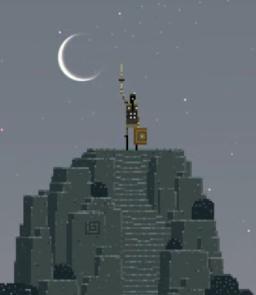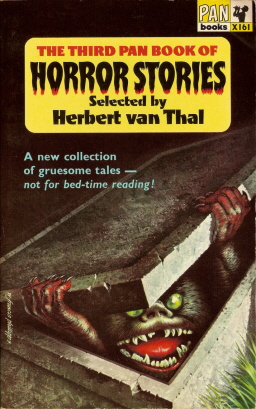 I talk a lot about book collecting here on the blog. People sometimes tell me, “It’s interesting to hear about all the books you’ve been able to find… sort of. But you know what would really be interesting? To hear about the books you haven’t been able to find.”
I talk a lot about book collecting here on the blog. People sometimes tell me, “It’s interesting to hear about all the books you’ve been able to find… sort of. But you know what would really be interesting? To hear about the books you haven’t been able to find.”
Okay, but this is a painful subject. Just ask any serious book collector to tell you about the titles that have eluded them for decades. It’s like asking a guy to enumerate all the women who’ve turned him down. We carry those memories for a long time, but that don’t mean we wanna talk about ’em.
“Oh come on,” people say. “Like you’ve ever turned down a chance to talk about books. Give it up.” Well, since you put it that way.
Let’s talk about The Pan Book of Horror Stories.
The Pan Book of Horror Stories was a British paperback series of horror anthologies. Published by Pan Books, it lasted for an amazing thirty volumes, from 1959 to 1989. The series creator — and editor for the first 25 volumes — was the renowned editor Herbert van Thal (Told in the Dark, Tales to Make the Flesh Creep, Lie Ten Nights Awake, and many others classic horror anthologies). Clarence Paget took over in 1985 after Van Thal’s death and edited the last five volumes, until the series came to an end with number thirty in 1989.
The Pan Book of Horror Stories has a legendary reputation. Van Thal is a highly regarded editor, and with these books his vision was nothing less than to create a complete library of the finest short horror stories ever written. With the early volumes he relied heavily on classic tales from Bram Stoker, C. S. Forester, Ray Bradbury, Lord Dunsany, Edgar Allan Poe, William Hope Hodgson, William Faulkner, Frank Belknap Long, and many others, but with later installments he branched out to include newer authors (such as Stephen King), which helped launch a lot of new talent.
After several decades of collecting I have managed to lay my hands on exactly one volume: The Third Pan Book of Horror Stories, published in 1962 (shown above).
That probably overemphasizes the rarity of these books — they’re not that hard to find. But they are expensive, especially in the original British editions (the US editions were dramatically pared down, including fewer stories), and the older volumes in particular are difficult to find in good condition. I’ve been trying to locate a reasonably-priced collection of Pan Book of Horror Stories for years, with absolutely no success.
But that’s okay. As most collectors know, the real joy is in the search. I’m looking forward to a lot of joy in the next few years, as I gradually accumulate the other 29 volumes. Wish me luck.
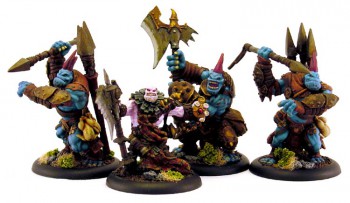 There was a time back in the 1980s when I read Dragon magazine and pined over every ad of a game. It was during this time that I saw a picture of a mini-dungeon with some really cool miniatures included. I must have stared at it for hours and finally, when the Sears & Roebuck catalog came and I could pick out my Christmas present, imagine how happy I was to see the set featured in those pages.
There was a time back in the 1980s when I read Dragon magazine and pined over every ad of a game. It was during this time that I saw a picture of a mini-dungeon with some really cool miniatures included. I must have stared at it for hours and finally, when the Sears & Roebuck catalog came and I could pick out my Christmas present, imagine how happy I was to see the set featured in those pages.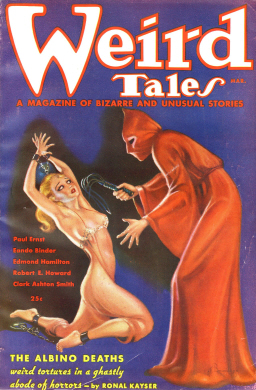
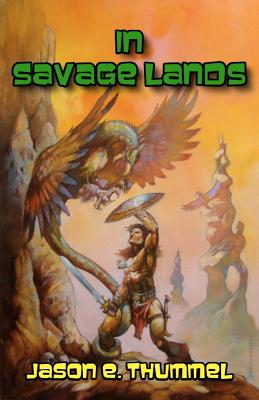
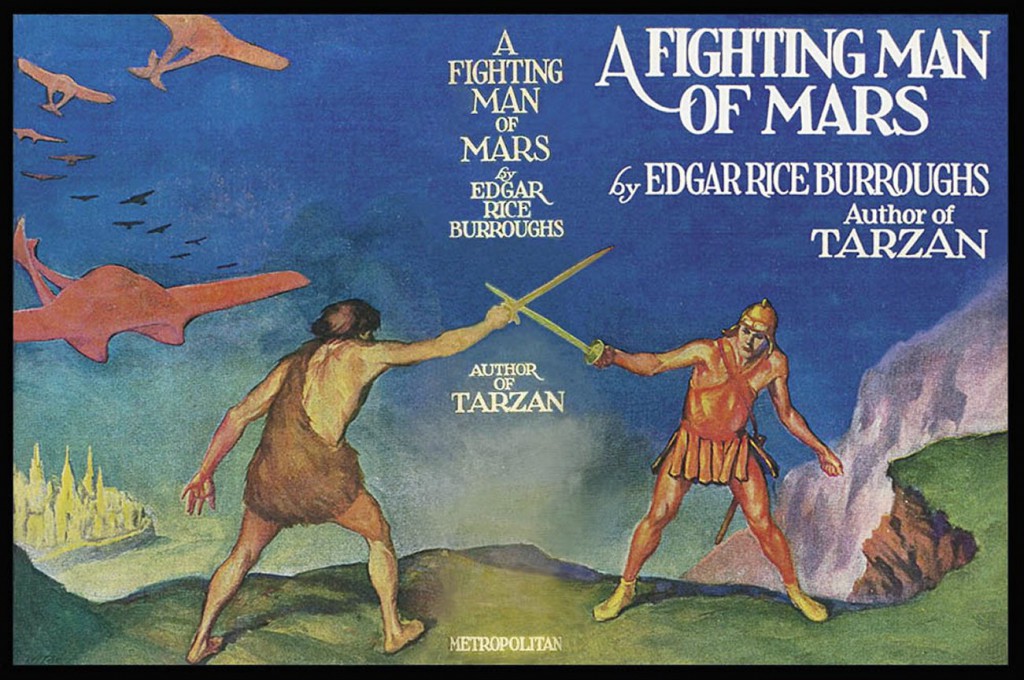 Back on Mars already?
Back on Mars already?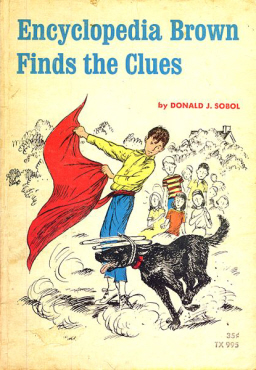
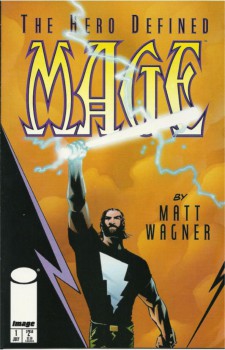 Matt Wagner began writing and illustrating the first Mage series in 1984 at the age of twenty-two. At the time, he was a relatively unknown creator struggling both to find his voice and make a place for himself in the comics industry. His subsequent work on Grendel and Sandman Mystery Theatre had garnered many awards and critical acclaim; but in interviews there was always the obligatory question of “When are you going back to Mage?”
Matt Wagner began writing and illustrating the first Mage series in 1984 at the age of twenty-two. At the time, he was a relatively unknown creator struggling both to find his voice and make a place for himself in the comics industry. His subsequent work on Grendel and Sandman Mystery Theatre had garnered many awards and critical acclaim; but in interviews there was always the obligatory question of “When are you going back to Mage?”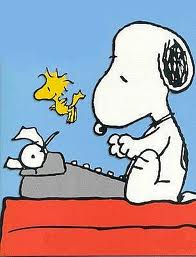 A lot of writers I know are pretty good at self-sabotage. It’s not that writing is hard, exactly, except that it is. Physical labor and exercise isn’t required, and it sure doesn’t look like you’re doing much when you’re
A lot of writers I know are pretty good at self-sabotage. It’s not that writing is hard, exactly, except that it is. Physical labor and exercise isn’t required, and it sure doesn’t look like you’re doing much when you’re
